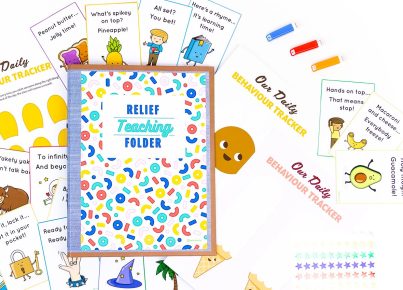As a dedicated educator and parent, I’ve come to realize the importance of teaching children about kindness not only within the confines of a classroom but also in their everyday environment. From the playground to their homes, fostering kindness is crucial for their development and social interactions. Here’s how I teach kids to be kind on the playground and beyond.
1. Lead by example: Children learn a lot from observing the people around them, especially adults. As an educator and a parent, I believe it is essential to model kindness in my daily interactions. By treating others with respect, empathy, and compassion, I can effectively demonstrate what kindness looks like to my young learners.
2. Encourage sharing: In a play setting or at home, I encourage kids to share not only their toys but also their experiences and feelings. Promoting an atmosphere where they feel comfortable opening up fosters trust and connection between peers.
3. Reinforce positive behavior: Praising acts of kindness can help reinforce that behavior in children. When I observe a child being kind on the playground or helping another student in class, I make a point to highlight their actions verbally and sometimes even offer small rewards as incentives.
4. Teach empathy: Recognizing that other people have feelings is an essential component of kindness. Through activities like reading books with diverse characters or role-playing scenarios that depict different emotions, children learn about empathy and how it helps build stronger relationships.
5. Integrate kindness into daily routines: In class or at home, integrating acts of kindness into daily routines helps create an environment where they are encouraged and expected as part of everyday life.
6. Collaborative play: Encouraging children to engage in group activities can teach them about teamwork and cooperation while improving their social skills. This is also an excellent opportunity to demonstrate how they should treat others when playing together.
7. Establish clear expectations: Setting clear expectations for kind behavior helps children understand what is expected of them. Explicitly explaining the importance of kindness and how it positively impacts others can motivate kids to embrace compassionate actions.
8. Discuss real-life situations: Holding regular discussions with children about real-life scenarios where kindness can be displayed can help them understand the impact their actions have on others and strive to be kinder in their responses.
9. Encourage self-reflection: Regularly prompting kids to reflect on their behavior and interactions helps enhance their self-awareness, making them more mindful of the role they are playing in creating a kind environment.
10. Offer guidance and support: As an educator and parent, offering guidance, understanding, and support when a child is struggling or facing challenges helps foster a sense of security and encourages kindness in return.
In closing, teaching kindness on the playground and beyond involves consistent modeling, fostering empathy, reinforcing positive behavior, and setting clear expectations. By instilling these values in young children, we can create a foundation for lifelong compassion and understanding within our communities.




